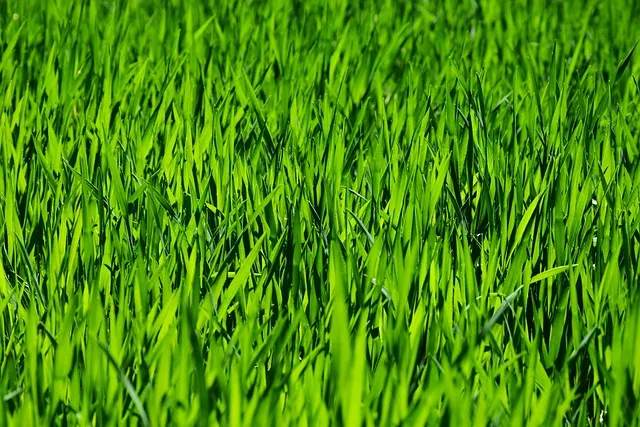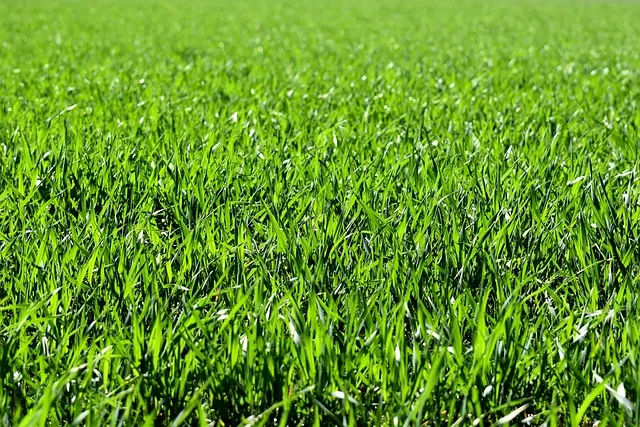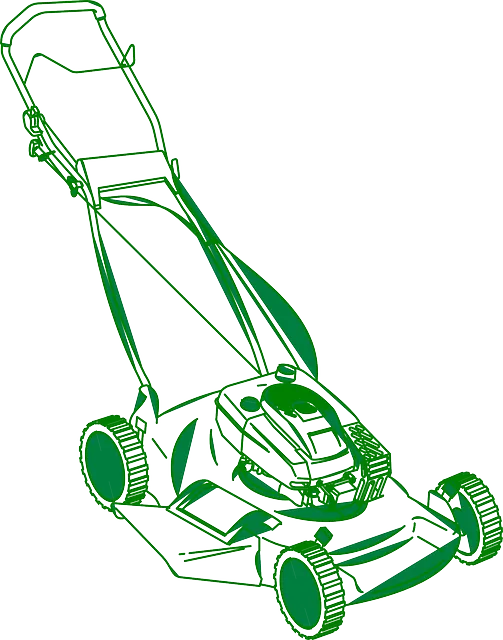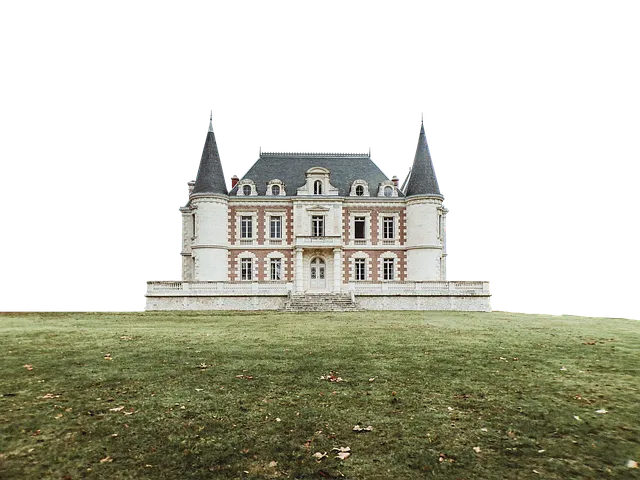Mulching and edging are essential practices in lawn care and landscaping. Mulch conserves moisture, stifles weeds, improves soil structure, and enhances aesthetics through organic decomposition. Edging defines grass-landscaping boundaries, prevents grass encroachment, and provides a polished look. Integrating these practices—applying 2-4 inches of organic or inorganic mulch and regularly tidying edges—transforms lawns into healthy, visually appealing landscapes, making them a game-changer in lawn care and landscaping.
Transform your lawn into a picture of perfection with effective mulching and edging techniques. This comprehensive guide explores the benefits and best practices of mulching, empowering you to enhance your lawn’s health and appearance. Discover diverse edging techniques to achieve neat, tidy borders. Learn how combining these practices creates optimal lawn care routines, showcasing your landscaping expertise. Elevate your outdoor space with these essential lawn care and landscaping strategies.
- Understanding Mulching: Benefits and Best Practices
- Edging Techniques for Neat and Tidy Lawns
- Combining Mulching and Edging for Optimal Lawn Care
Understanding Mulching: Benefits and Best Practices

Mulching is an essential practice in lawn care and landscaping, offering numerous benefits for your outdoor space. By applying a layer of organic or inorganic material on top of the soil, mulching helps to retain moisture, suppress weeds, and improve soil structure over time. Organic mulches, such as wood chips, straw, or compost, not only enhance the aesthetic appeal of your lawn but also contribute to a healthier ecosystem by adding nutrients to the soil as they decompose.
Best practices for mulching involve applying the right amount and type of mulch. Typically, a 2-4 inch layer is sufficient, ensuring it touches the base of plants but doesn’t pile up against stems or trunks. Regularly reapplying mulch, especially after rainfall or significant growth, ensures its effectiveness in lawn care and landscaping. Additionally, consider the source of your mulch; organic options are generally preferred for their environmental benefits, while inorganic mulches like gravel can be ideal for specific landscape designs that require low maintenance.
Edging Techniques for Neat and Tidy Lawns

Maintaining a neat and tidy lawn is an essential part of lawn care and landscaping. One effective method to achieve this is through precise edging. Edging involves trimming the grass along paths, walkways, and around garden features, creating a clean line between the lawn and other areas. This simple technique can transform your lawn’s overall appearance, making it look polished and well-maintained.
There are various edging techniques to choose from, each offering unique benefits. String trimmers are a popular choice for quick and efficient edging along straight lines. For more curved or intricate edges, hand-held edgers or power edgers with specialized blades can provide the precision needed. Landscaping professionals often prefer manual edgers for their control and ability to navigate around obstacles. Whatever the method, keeping edges tidy is crucial for a lush, vibrant lawn, enhancing both its aesthetics and health.
Combining Mulching and Edging for Optimal Lawn Care

Combining mulching and edging in your lawn care routine is a game-changer for both the aesthetics and health of your landscaping. Mulching, the process of applying organic material like wood chips or straw to your lawn, suppresses weeds, conserves moisture, and enriches the soil as it decomposes. Edging, which involves defining the border between your grass and sidewalks, flower beds, or other landscapes, prevents grass from encroaching onto these areas and gives your property a polished look.
By integrating these two practices, you create a balanced lawn care strategy. Mulch protects the soil and promotes nutrient-rich grass growth, while edging ensures your landscape remains well-defined and maintained. This dual approach not only enhances the visual appeal of your yard but also contributes to the overall health and durability of your lawn, making it a key component in effective lawn care and landscaping.
Mulching and edging are powerful tools in the realm of lawn care and landscaping. By understanding the benefits and best practices of mulching, along with mastering various edging techniques, you can transform your lawn into a symphony of neatness and vibrancy. Combining these two strategies enables you to enhance the overall health and appearance of your grass, fostering a lush and well-maintained outdoor space that becomes the envy of your neighborhood.
